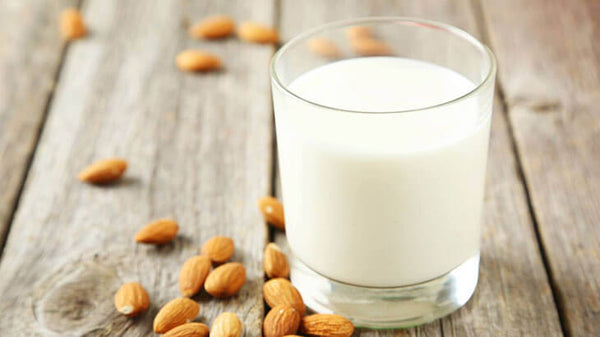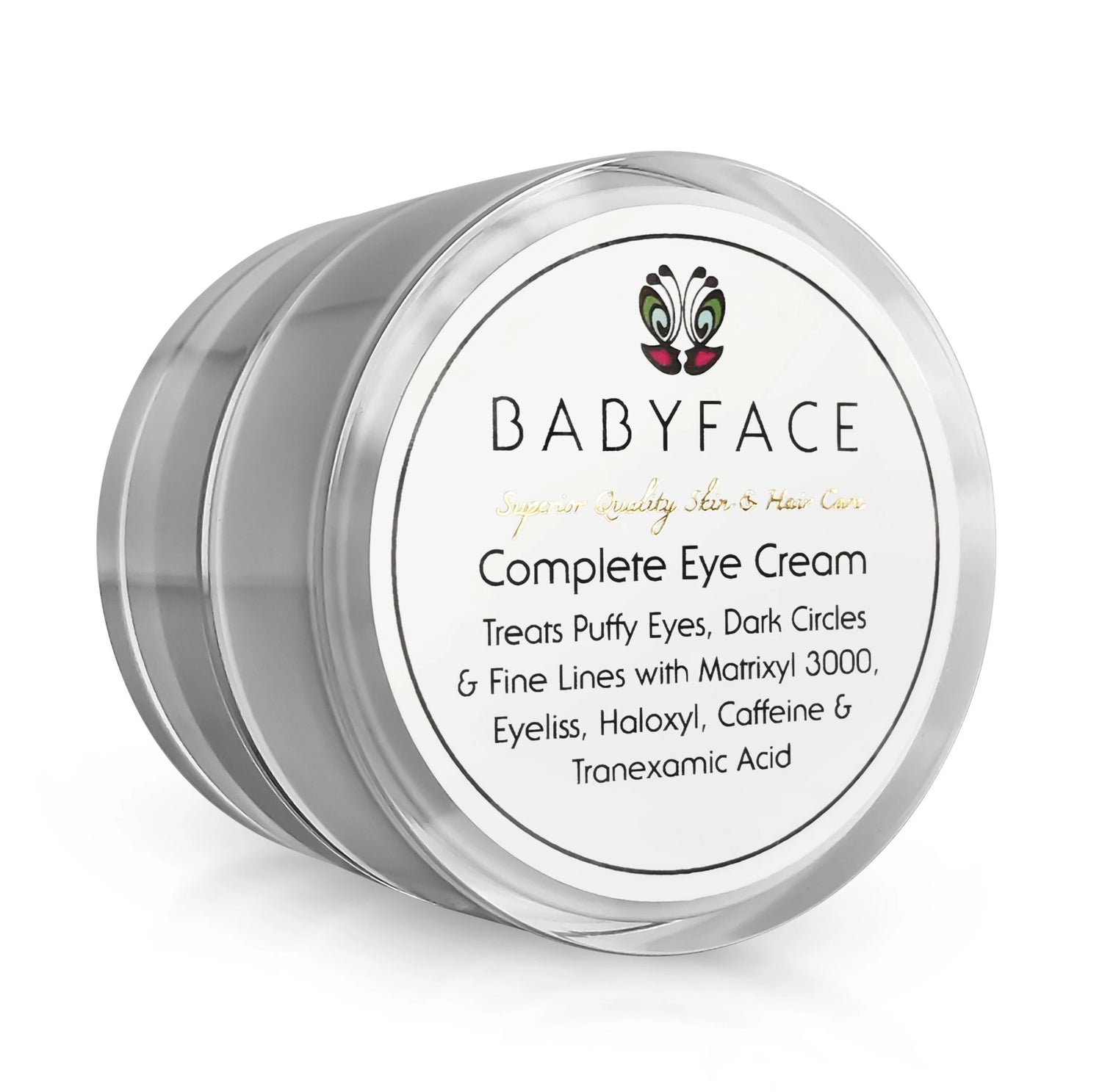Milk Causes Acne. So Now What? Here Are The Best Milk Alternatives For Acne Prone Skin.
Giorgia G.Share

It’s official: milk DOES cause acne.
The evidence is now so overwhelming, scientists dubbed milk “nature’s perfect food for acne.” Doesn’t sound like something you want to have with your oatmeal in the morning, does it?
So, now that’s off the menu, what are you going to replace it with? Soy milk, goat milk, almond milk, yogurt… Alternatives abound, but are they as bad as the real thing?
Time to find out. Here are the best milk alternatives for acne-prone skin (and the ones to avoid):
How Milk Causes Acne
Before we delve into the best and worst milk alternatives, what makes milk so comedogenic for acne-prone skin? Here’s a short recap:
-
Hormones: to keep them in a constant state of lactation, cows are given hormones that, in humans, trigger the overproduction of sebum.
-
Insulin spikes: milk increases the levels of IGF-1, an insulin-like hormone that’s also responsible for an overproduction of sebum.
-
Hard to digest: pasteurization, the process that removes all bacteria from milk to make it last longer, makes it harder to digest, causing an imbalance in your gut flora that may trigger acne.
When you’re looking for milk alternatives though, make sure you don’t fall into the same traps!
Best Milk Alternative: Goat Milk
Goat’s milk has several advantages over cow’s milk:
-
Less lactose: lactose is simply milk sugar; as there’s so little, goat’s milk doesn’t make your sugar and insulin levels spike as much.
-
Less allergenic: goat milk has 89% less Alpha s1 Casein, the protein that causes so many milk allergies.
-
Smaller fat molecules: because of their smaller size, they’re much easier to digest.
-
Naturally homogenized: while cow’s milk is synthetically homogenized, goat’s milk comes this way, making it easier for your body to digest it.
The catch? Goats still pump hormones into their milk to make their babies grow so there’s the small chance even this drink will give you acne. To be on the safe side, opt for raw goat’s milk - that’s usually well tolerated even by acne sufferers.
Best Milk Alternative: Almond & Nuts Milk
Almond, cashew or any other nut-based milk is a much safer alternative to cow’s milk. For starters, they’re not loaded with sebum-producing hormones.
Instead, they’re loaded with antioxidants, like vitamin E, that destroy the free radicals that give you wrinkles.
Almonds are particularly good for acne-prone skin because they’re also loaded with omega-3 fatty acids. These fatty acids have anti-inflammatory properties that can reduce the redness and inflammation associated with acne.
Just make sure you opt for sugar-free almond milk. Sugar triggers acne too and causes glycation (a fancy way to say it degrades collagen and gives you wrinkles). Don’t let it derail all your good efforts!
Worst Milk Alternative: Soy Milk
Soy is the king of controversial foods. Is it good, bad or something in between?
When it comes to acne, it depends on your gender. Study after study has shown that soy has no hormonal effects in men. They can eat it without getting acne.
Women aren’t so lucky: consuming soy regularly reduces their estrogen levels and worsen the hormone imbalance that inevitably leads to acne.
Like this weren’t enough, soy is high in omega-6 fatty acids. Omega-6 fatty acids are pro-inflammatory when not balanced by a healthy dose of omega-3 fats (much harder to come by in our modern Western diet). Guess what acne is? An inflammatory disease. If you’re gonna drink soy, at least balance it with poached salmon or an avocado toast (they’re both loaded with omega-3).
One more thing: soy is a common allergen and may cause acne that way. Better leave it on the shelf, don’t you think?
What About Yogurt?
Yogurt is a bit of a mixed bag. Greek yogurt is rich in probiotics bacteria that can restore the balance in your gut and get rid of acne (acne sufferers almost always have an unbalanced gut flora).
But what about its milk content? Do the good effects of bacteria outweigh the dangers of milk?
It depends. On the one hand, fermentation deactivates a big portion of IGF-1 hormone in milk. That’s the nasty bugger that sends your sebaceous glands into overdrive and makes them produce way more oil than your skin needs.
On the other hand, yogurt does cause a temporary increase in insulin levels, which affects sebum production. And if your yogurt contains sugar, it’ll spike your blood sugar levels too, making pimples a more real possibility. Ugh.
You’ll have to experiment to see if yogurt agrees with your skin. But, just to be on the safe side, always opt for sugar-free, bacteria-rich Greek yogurt. It’s healthy and delicious!
You can totally have acne and drink milk. Just make sure you pick hormone and sugar free alternatives that won’t take your insulin and blood sugar levels on a rollercoaster ride. And when in doubt, go nuts on (unsweetened) milk nuts!
Need help with acne? We got you. Here are some of our best selling acne fighting products:
Charcoal Face Wash with Salicylic Acid

2 comments
That really helped. Thanks a lot!<3
Thank you for the advice I’ve been struggling with acne all my life no matter what i do it is always there, creams, tablets it doesn’t matter, but now I’ve changed to almond sugar free milk and my diet dairy free hopefully it helps and I’m now 51 years old would love clear skin for a change